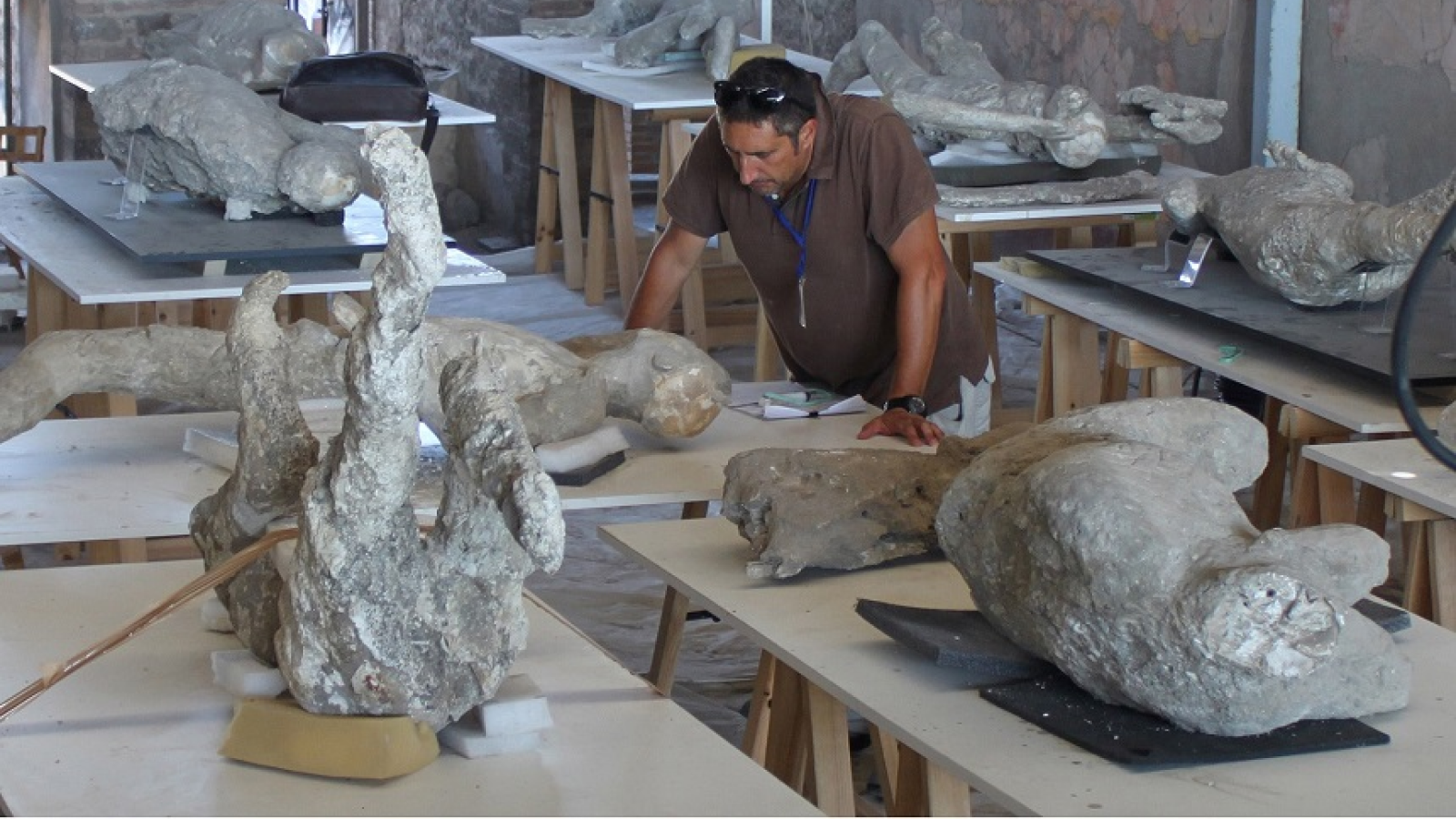Photos: Creatures of the Deepest Deep-Sea Vents
Beebe Black Smoker
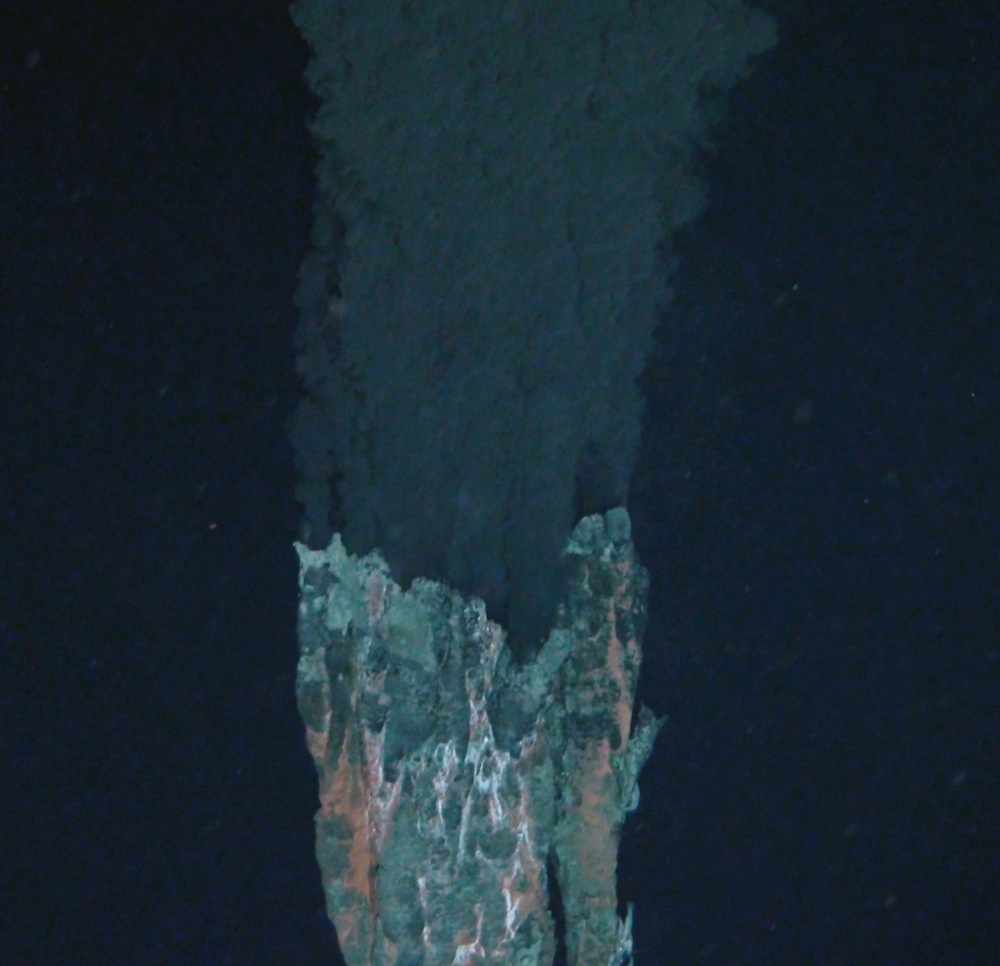
A "black smoker" vent at the Beebe Vent Field, the world's deepest known hydrothermal vent area.
Beebe Anemones
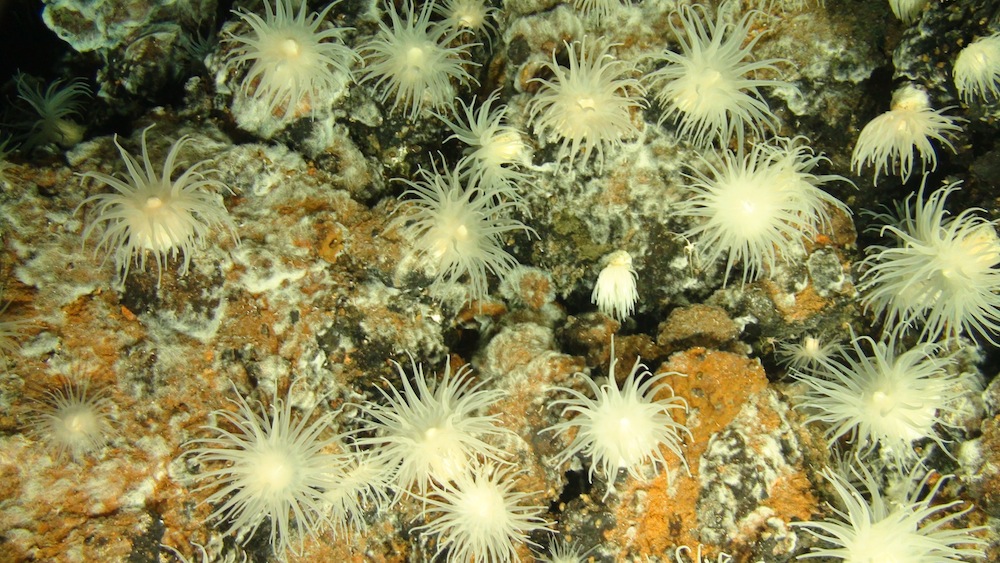
Anemones line cracks where warm water seeps into the deep ocean at the Beebe vent field
Shrimp Galore

A vent at the Beebe vent field crawls with a newly discovered species of shrimp.
AutoSub6000
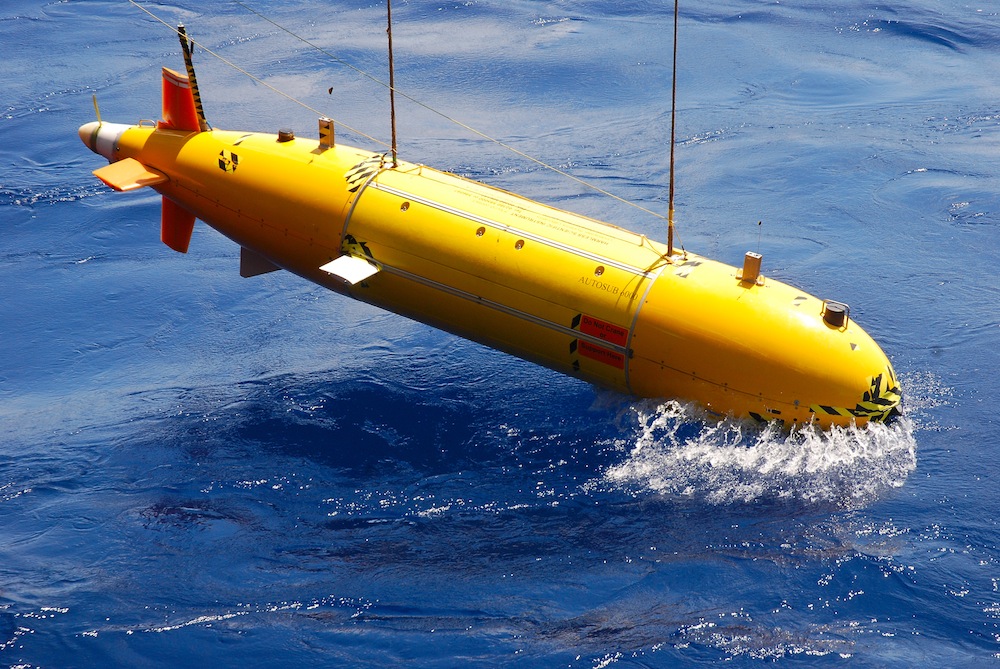
The torpedo-shaped AutoSub6000 launches. This robot sub is used to locate and study deep-sea vents.
Vent Location

This map shows the location of the new vent fields in the Caribbean.
HyBIS
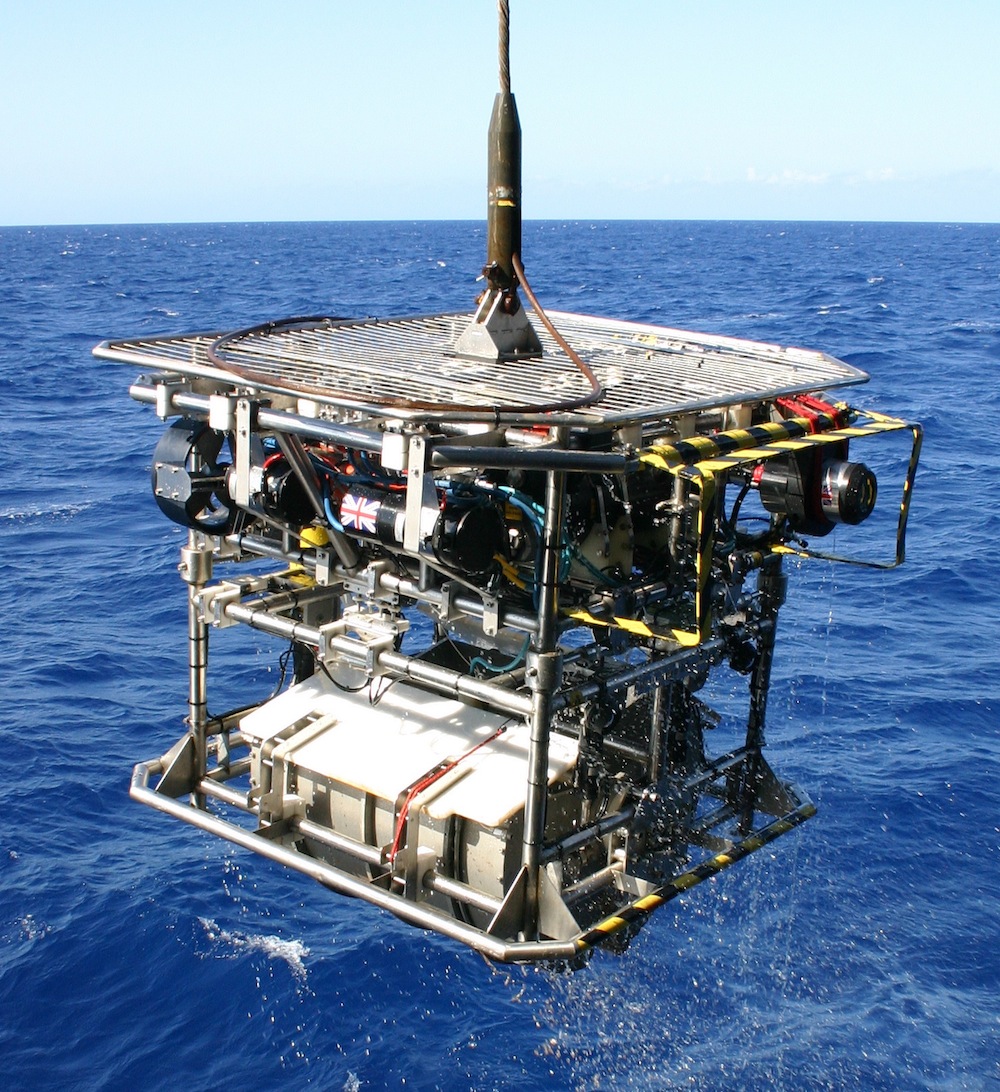
The unmanned deep-sea vehicle HyBIS launches on an expedition to the vents.
Von Damm Shrimp
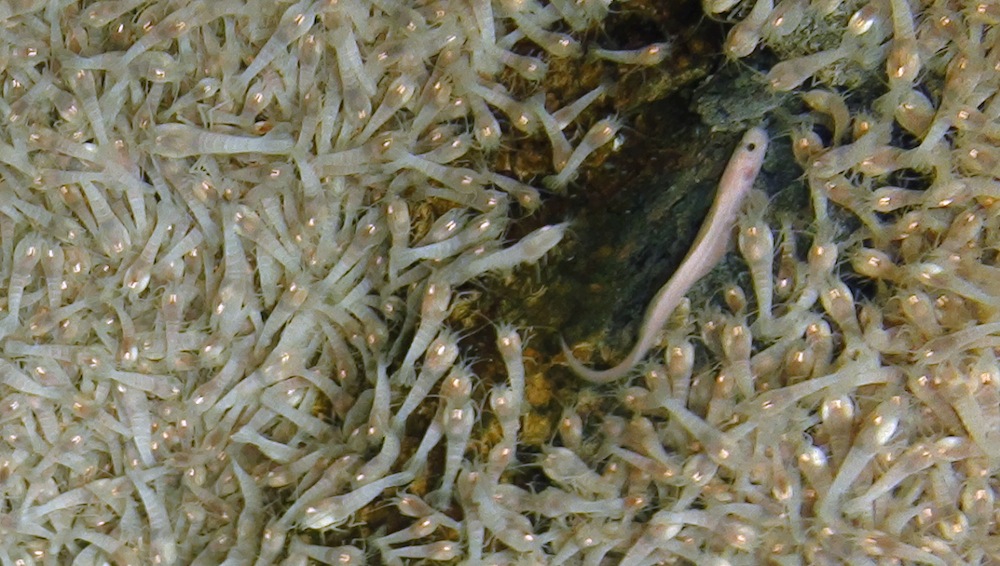
A skinny fish cavorts amidst a crush of shrimp at the Von Damm vent field in the Caribbean.
Get the world’s most fascinating discoveries delivered straight to your inbox.
New Shrimp

The new shrimp species has a patch of light-sensitive cells on its back.

Stephanie Pappas is a contributing writer for Live Science, covering topics ranging from geoscience to archaeology to the human brain and behavior. She was previously a senior writer for Live Science but is now a freelancer based in Denver, Colorado, and regularly contributes to Scientific American and The Monitor, the monthly magazine of the American Psychological Association. Stephanie received a bachelor's degree in psychology from the University of South Carolina and a graduate certificate in science communication from the University of California, Santa Cruz.


